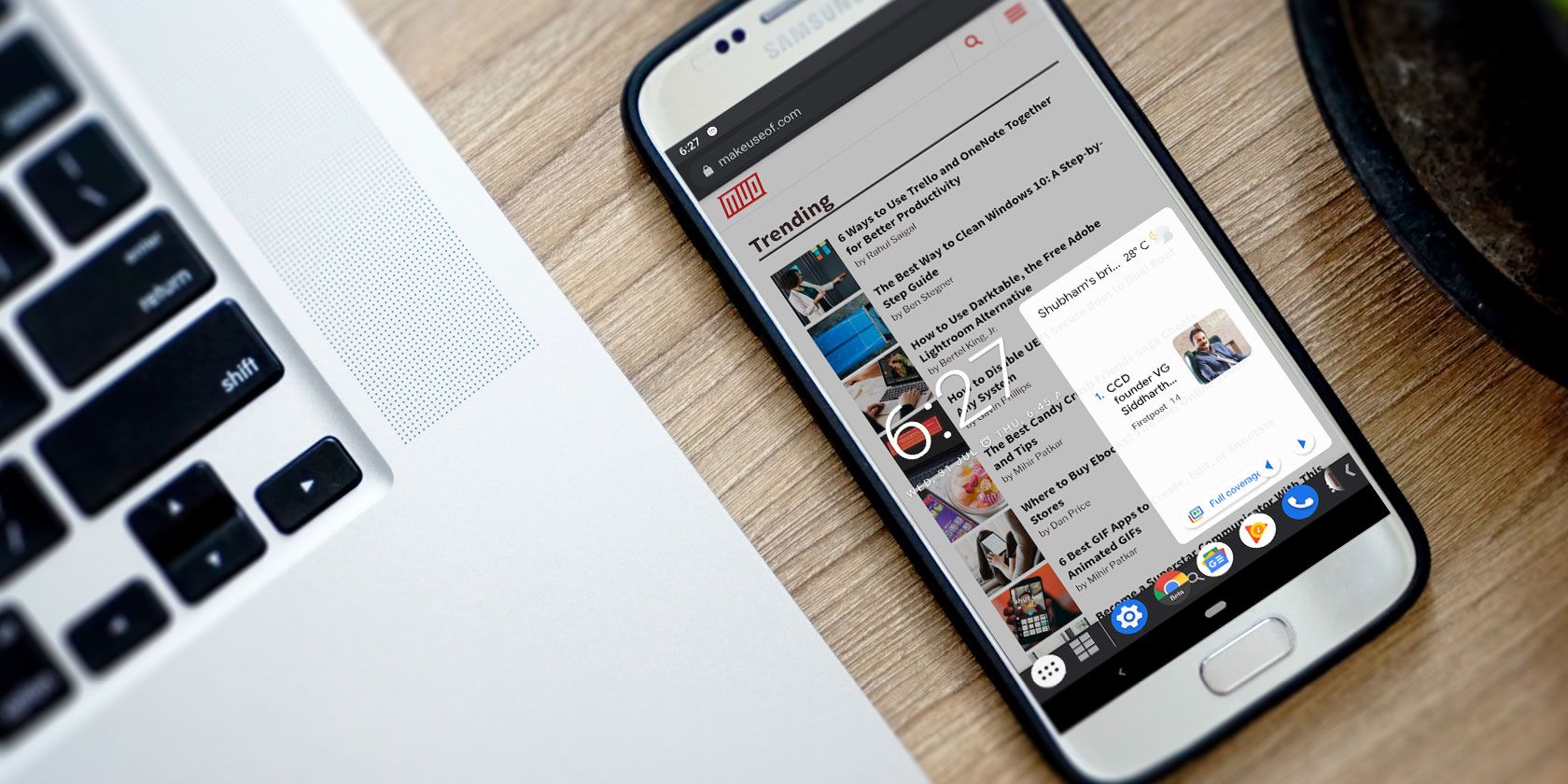

#ANDROID MULTI FOR ANDROID#
Multi-app kiosk policy for Android devices can be configured using two different methods: Basic View and Advanced View. Create a Multi App Kiosk Policy for Android Devices
#ANDROID MULTI HOW TO#
This article describes how to enable multi-app kiosk on Android/Android TV OS devices from the Hexnode console. You can also configure multi-app kiosk mode on Android TV OS devices. Kiosk mode lets you exert complete control over the device-usage by ensuring that they are utilized for the intended purpose. Configuring kiosk mode limits the device usage to the specified applications by running only those apps the user needs to access. You'll need to do a type check and cast to the appropriate interface when you get your PublicClientApplication object.Multi-app kiosk mode locks down the device to a handful of applications pertinent to the corporate-work requirements. The following object model illustrates the type of object you may receive and what it means in the context of a shared device: When you request an application instance from MSAL's application factory, the correct application object is provided automatically. There are two different interfaces that represent the type of device your application is on. Use ISingleAccountPublicClientApplication.isSharedDevice() to determine when to run in single-account mode. You may also want your app to change its behavior depending on the type of device it's running on. If your app currently supports multiple accounts and you want to support shared device mode, add support for single account mode. Your app can be built to support running on both personal devices and shared devices. Supporting both single-account and multiple-accounts If an employee loads an app that doesn't support single-account mode, it won't run on the shared device.Īpps written before the MSAL SDK was released run in multiple-account mode and must be updated to support single-account mode before they can run on a shared mode device. Shared device mode apps only work in single-account mode.Īpplications that only support multiple-account mode can't run on a shared device. The Microsoft identity platform features available to your app vary depending on whether the application is running in single-account mode or multiple-account mode. For details, see single-account mode or multiple-account mode.

Single vs multiple-account applicationsĪpplications written using the Microsoft Authentication Library (MSAL) SDK can manage a single account or multiple accounts. This article focuses primarily what developers should think about. You can configure the membership of your organizational roles in the Azure portal via:Īzure Active Directory > Roles and Administrators > Cloud Device Administrator. Only users who are in the Cloud Device Administrator role can put a device into shared mode by using the Authenticator app.
#ANDROID MULTI CODE#

When they're finished with their shift or task, they can sign out of the device and it will be immediately ready for the next employee to use. Employees can sign in and access customer information quickly. Shared device mode allows you to configure an Android device so that it can be easily shared by multiple employees. That becomes problematic when they start sharing passwords or pin numbers to access customer and business data on the shared device. Frontline workers such as retail associates, flight crew members, and field service workers often use a shared mobile device to do their work.


 0 kommentar(er)
0 kommentar(er)
